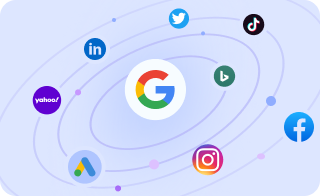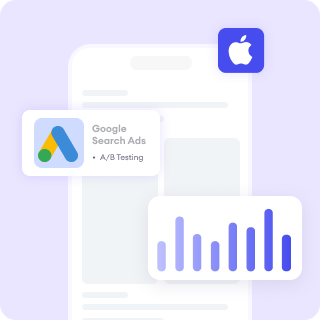What is AI-Driven User Experience (AI-UX)
AI-Driven User Experience (AI-UX) refers to the use of artificial intelligence technologies to personalize, optimize, and automate user interactions with digital platforms, particularly in marketing contexts. It involves machine learning, predictive analytics, and behavioral insights to deliver a seamless and intelligent interface that adapts to individual user preferences and actions.
The Importance Of AI-Driven User Experience (AI-UX)
AI-UX enhances customer satisfaction by providing relevant content, intuitive navigation, and timely support. It increases engagement, conversion rates, and brand loyalty by creating hyper-personalized experiences.
Types Of AI-Driven User Experience (AI-UX)
- Predictive Personalization: Suggesting content or products based on past behavior.
- Conversational Interfaces: Chatbots and virtual assistants.
- Dynamic Content Adjustment: Altering layout or messaging based on real-time data.
- Voice and Visual Search: AI-enabled alternative search interfaces.
Examples Of AI-Driven User Experience (AI-UX)
- Amazon’s product recommendation engine.
- Netflix’s content suggestions.
- Chatbots on e-commerce websites.
- Dynamic landing pages tailored by user segment.
Best Practices For AI-Driven User Experience (AI-UX)
- Begin with clear data collection consent.
- Use A/B testing to measure AI-driven adjustments.
- Regularly update AI models with fresh data.
- Keep human override options for critical user interactions.
Key Aspects Of AI-Driven User Experience (AI-UX)
- Personalization: Tailors experience using user history and preferences.
- Automation: Reduces friction in navigation and support.
- Adaptability: Learns from ongoing user behavior.
- Multichannel Consistency: Ensures cohesive UX across platforms.
- Ethical Use of Data: Balances personalization with privacy compliance (e.g., GDPR).
- Real-Time Processing: Enables on-the-fly decision-making.
Challenges For AI-Driven User Experience (AI-UX)
- Data privacy and security concerns.
- High initial cost and complexity of implementation.
- Potential over-reliance on algorithms leading to biased outputs.
- Maintaining transparency and user trust.
Relevant Metrics
- Conversion Rate.
- Customer Satisfaction Score (CSAT).
- Bounce Rate.
- Time on Site.
- Net Promoter Score (NPS).
- Click-Through Rate (CTR) on personalized elements.
Conclusion
AI-Driven UX redefines how brands engage with users, providing tailored experiences that drive loyalty and sales. However, balancing personalization with ethical data use is critical for long-term success.







